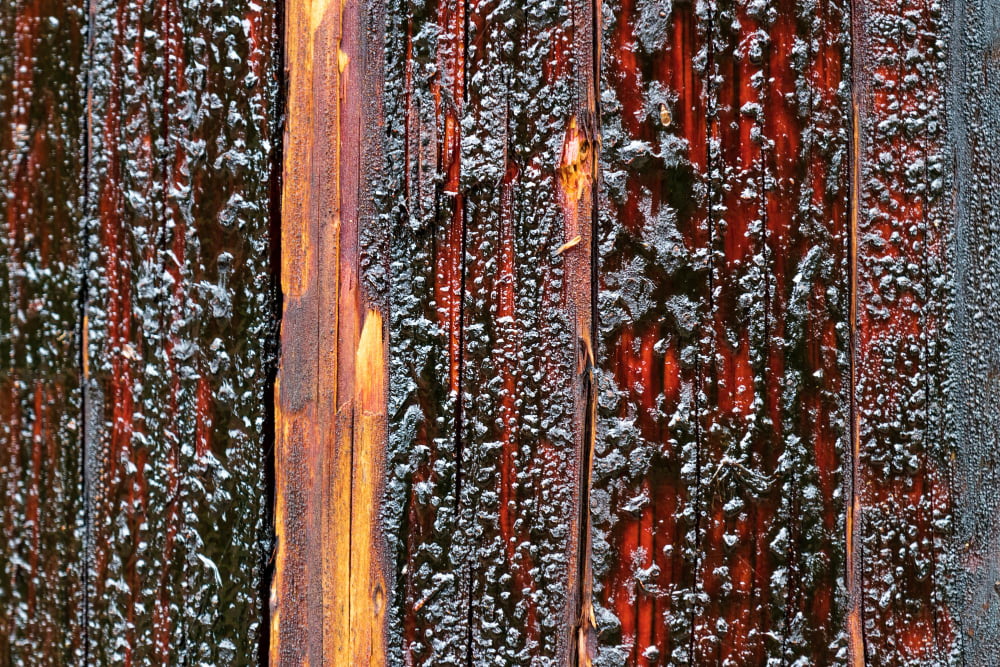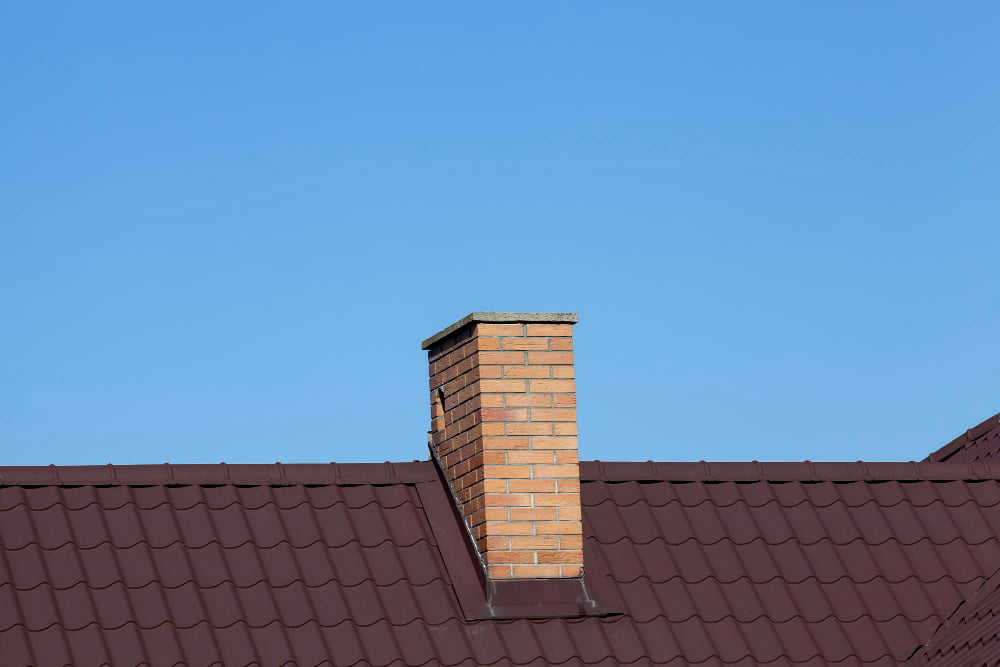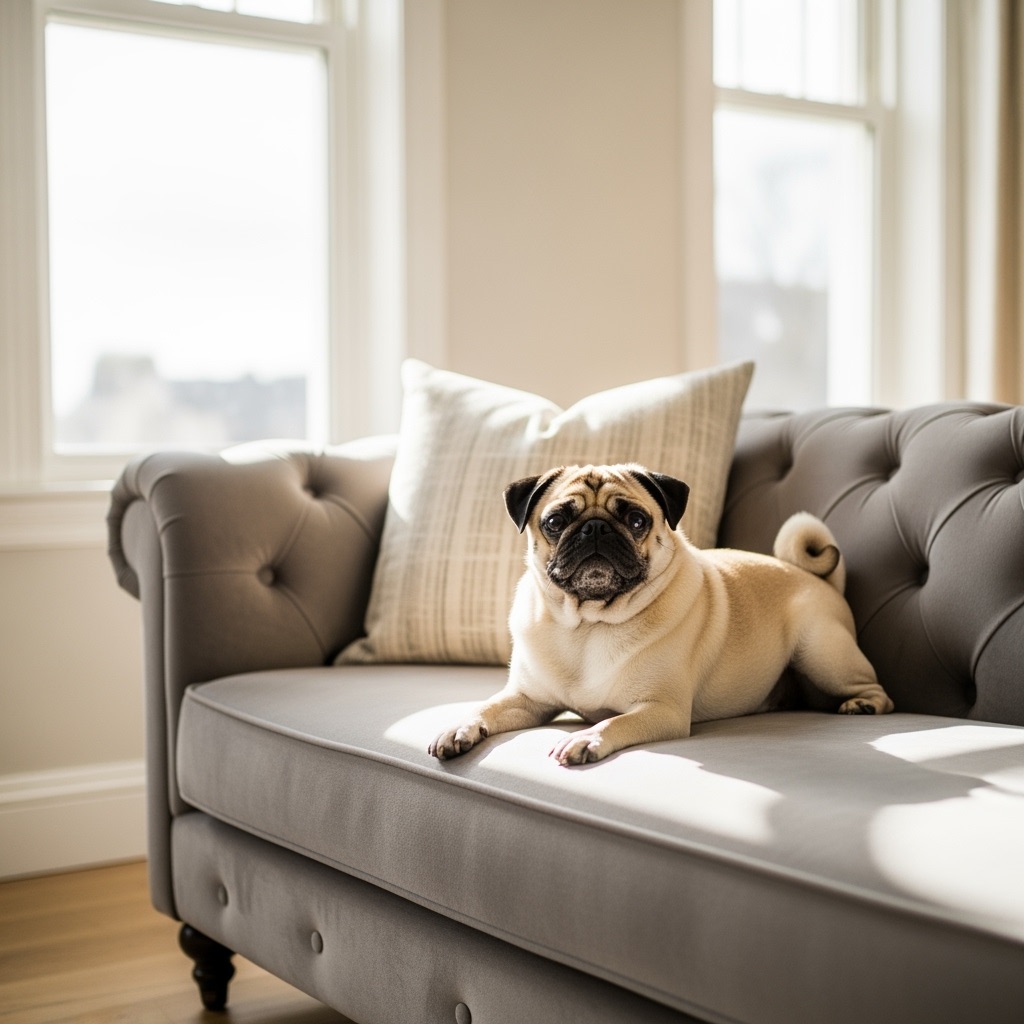Last updated on
If you have or are thinking about getting a painted metal roof, it’s a big investment with lots of benefits. But not cleaning it can make it fail or need replacing sooner. And one of the main culprits is creosote.
Creosote is a sticky, yellow liquid that’s hard to brush off. You can get rid of it by spraying chemicals directly or burning logs treated for it. The main reason creosote builds up in your chimney is from using fresh or green wood.
This article will discuss why removing creosote is a crucial necessity for your metal roof. Also, you will get a useful way to remove it.
Let’s dive into the article.
What Is Creosote?

Fire residue, known as creosote, usually builds up in metal roofs or chimneys from using wood-burning stoves and fireplaces. Surprisingly, it can also land on the roof, staining asphalt shingles.
Creosote happens when you burn stuff like wood. It’s like concentrated wood smoke. When we use firewood, this smoky stuff shows up, and how it looks depends on when you find it.
Why Should You Remove Creosote from Metal Roofs?
Nobody likes a dirty roof, especially when you’ve spent money on a nice metal one. Simply put, cleaning it once a year keeps it looking good and prevents it from getting dirty or discolored.
Certain chemicals in the air, like acid rain and pollution, can make a metal roof’s paint wear out faster. You can easily check if it’s wearing out by looking for a yellowish residue called chalking on the painted surface.
When the sun and UV radiation break down the paint’s resin and it’s exposed to sunlight and pollutants, it loses its grip on the surface, and the particles turn white. You can read London Eco Metal for more info on the importance of cleaning dirty and residues.
Various Causes of Creosote Problems on Metal Roofs

When you burn wood, it produces smoke, also known as flue gas, during the initial fire. This smoke contains gases and tiny particles. The flue gas has steam and leftover carbon byproducts in vaporized form.
If the smoke cools below 250 degrees Fahrenheit, these gases turn into a tar-like substance. Having a flue that’s too big for your wood-burning setup can increase the chance of creosote buildup.
Limited air supply, using wet wood, and having a cool flue surface also make creosote more likely to form.
Creosote Stages on Metal Roofs
Condensation
To save fuel, some people reduce the amount of air going into the fire, making it smolder. This causes problems. The smoke cools in the chimney without enough heat to escape, and then it turns into creosote on the chimney’s inside due to sap/resin.
Liquidation
The sap/resin becomes liquid and might seep into cracks in the chimney tiles or mortar joints. Creosote, being corrosive, can damage the masonry and endanger the chimney’s lifespan.
Solidification
As the chimney heats and cools, the creosote inside builds up quickly. This reduces the space for flue gas to escape and can eventually block the chimney entirely. This buildup often looks like tar and is called “tar build-up.”
Fragile State Creosote
When you burn solid creosote, it removes the oils, and you’re left with a honeycomb-like residue. It’s easy to sweep from chimneys because it’s crisp.
How to Remove Creosote from Metal Roof
As you already know, creosote is a sticky, tar-like stuff that builds up around chimneys when you burn things. If you don’t clean it regularly, it can be a fire risk. The good news is, that you can clean it off different surfaces, even metal roofs, but it takes some time and work.
One way is using special cleaners made for shingles. They’re designed to remove specific stains without harming the shingles much. Just follow the directions on the cleaner.
Another way is to use oxygen bleach, which works on various stains, including creosote. It’s better to do this on a cloudy day so the sun doesn’t dry the bleach too fast. It might take some effort, but it’s important for safety.
Follow the steps:
- Protect Landscaping: Use drop cloths to cover nearby bushes, trees, or perennials to avoid harm from potential bleach spills.
- Safety Gear: Wear a face mask, gloves, and goggles for protection against skin or eye contact with bleach, preventing burns. The face mask also shields against inhaling harmful fumes during the cleaning process.
- Mixing Solution: In a bucket, combine 2 1/2 cups of water with an equal amount of bleach. Then stir the mixture with a wooden spoon or paint stirrer.
- Ladder Setup: Secure the ladder under the roof section that needs cleaning. Ideally, have a second person hold the ladder for added safety.
- Sprayer Preparation: Pour the bleach mixture into a hand-pumped garden sprayer. Ensure the lid is tightly secured.
- Application: Climb the ladder carefully and spray the affected roof area thoroughly. Let the bleach mixture sit for 15 to 20 minutes on metal roofs.
- Rinsing: Rinse the shingles with a garden hose using a low-pressure spray to remove the bleach-and-water solution. Allow the roof to air dry.
- Inspection: Check the roof for any remaining creosote staining.
- Repeat if Needed: If necessary, repeat the bleach and water mixture for additional cleaning. Rinse and allow the roof to dry again.
Even though those ideas are good, it’s best to hire a professional. Some people find DIY hard or uncomfortable. Get experts to do it. It may cost money, but the results are worth it.
How to Remove Creosote by Using a Homemade Cleaning Solution
Cleaning your metal roof is easy with a gentle solution. Use mild laundry detergents, soft dish soap, or commercial detergents (cold or hot). Make your homemade mix with half a cup of detergent and a gallon of lukewarm water.
After preparing the solution, use a sponge brush to clean the roof. For tough creosote, go for a soft-bristle brush. Let the solution sit on the metal for at least 15 minutes before rinsing it off.
What Does Creosote Look Like?
Creosote forms in different colors, like dark gray, solid black, or very dark brown, sometimes with a bit of a dirty golden tint. There are three types, looking puffed, flaky, or glazed. Each time you burn, more layers pile up until there’s so much that air can’t pass through well.
How fast it builds up depends on things like your home conditions and how you burn wood.
What Does Creosote Smell Like?
When creosote piles up in your chimney, it can smell bad, like fresh asphalt. Even though the smell might not be strong, creosote is harmful and can damage your chimney. Cleaning the chimney might not be fun, but it’s super important to keep your family safe.
The Takeaway
Cleaning your painted metal roof is crucial. Doing it right is key to avoiding harming the metal or its parts.
Just like cleaning other things around the house, cleaning your metal roof regularly makes it last longer. It keeps the panels strong and gets rid of anything that could harm the paint or metal. The paint on the roof is tough, but it needs regular cleaning to stay strong.
Recap:



